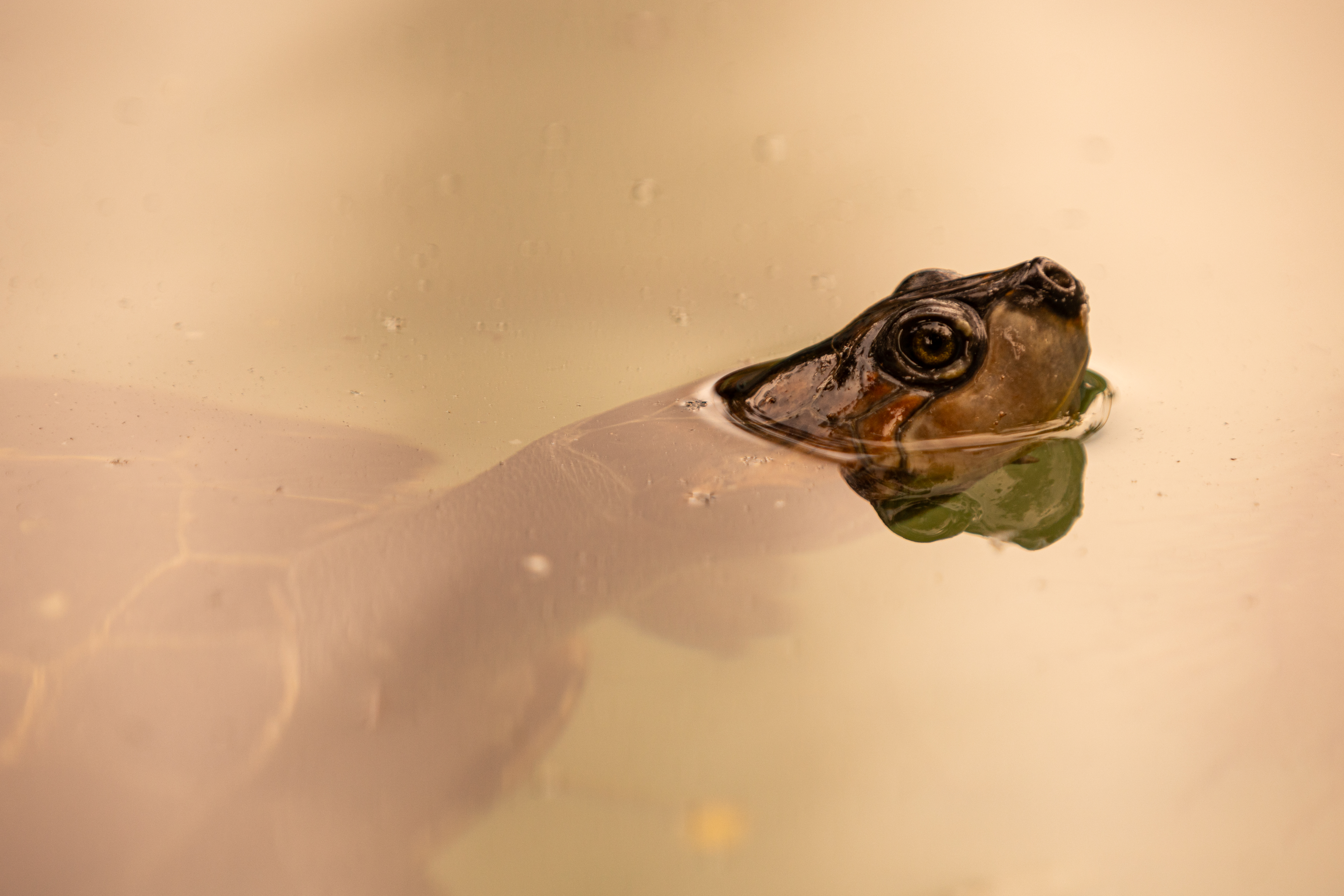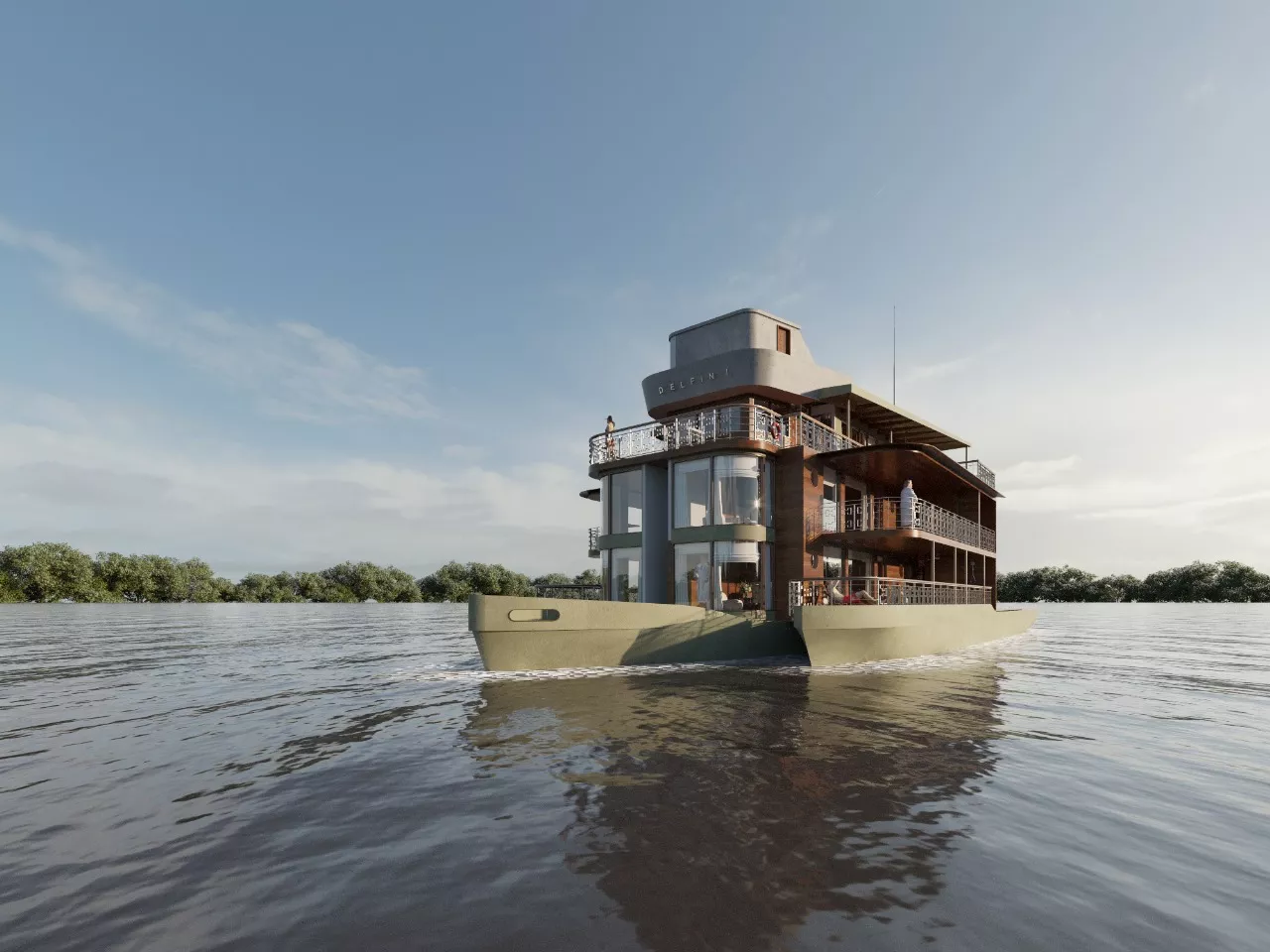by Christina Reynolds (ELLE Travel – www.ellecanada.com)
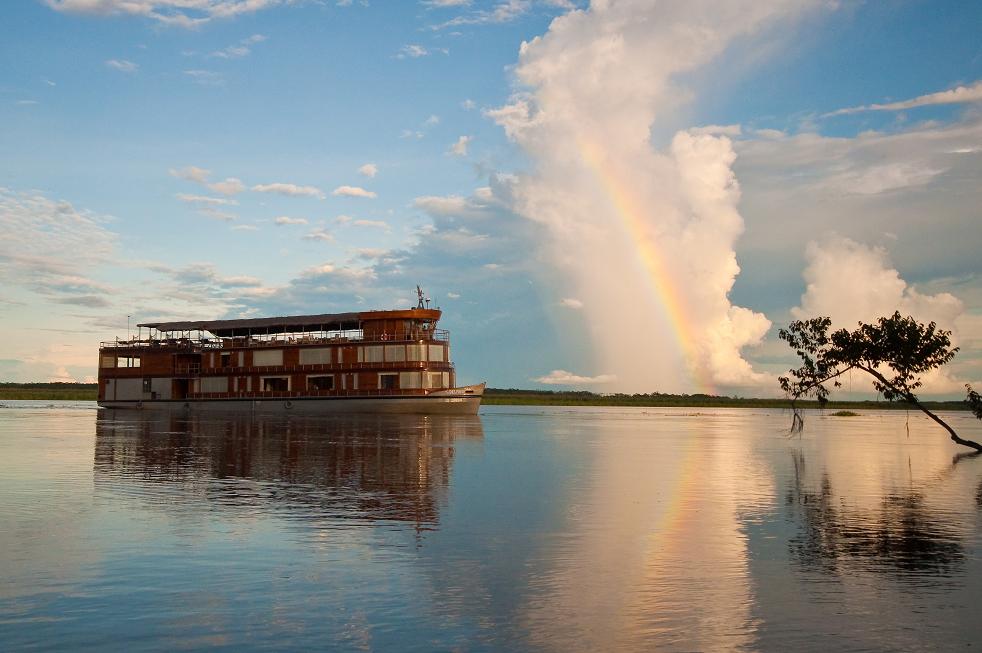
When I packed my bags for Peru, I, like most travellers, couldn’t wait to get to Machu Picchu. This famous 15th -century mountaintop ruin which officially landed on the New 7 Wonders of the World list in 2007- is a popular bucket-list destination. But, to my surprise, this famous lost city in the clouds wasn’t the highlight of my adventures. As remarkable as it was (and it really was!), the four days and three nights I spent cruising on a riverboat in the Peruvian Amazon trumped the Andean icon. Here are seven wondrous reasons why.
#1: Star power!
It’s 8 p.m. and I’m on the riverboat’s observation deck, lying on a slatted hammock made from local capirona wood. I hear crickets and frogs, as well as other unfamiliar animal sounds echoing from the dark banks of the jungle, but it’s the unfamiliar southern sky that has my attention. This twinkling indigo dome is simply magical. “Can anyone spot the Southern Cross?” I ask my fellow guests. The bartender, who has been serving fresh maracuyá juice, assures us that it’s difficult to see the famous celestial cluster. “We have more stars than Hollywood,” he says, chuckling. Later, with his help, we locate this constellation, which the Incas revered. For them, it symbolized the centre of the Mayu, or the point where two “celestial rivers” collide in the Milky Way. It’s a nice fit because our riverboat journey is heading up and down the Ucayali and Marañón rivers, the two tributaries that meet to form the Amazon River. Watching the fuchsia sunset morph into a star-studded night.
#2: A wild kingdom
There are more than one million species of animals in the Amazon. Our guide, Luis Vela, is ntent on pointing out as many of them as possible. With a sixth sense for animal movements, he suddenly stops our touring skiff to point out a three-toed sloth sleeping high up in a tree. “It’s quite rare to see these slow-moving mammals because they’re nocturnal,” he explains. Over the next four days, with Vela’s keen eye, we spot dozens of jungle creatures—from squirrel and monk saki monkeys to white-bellied caiman crocodiles to a capybara (the largest rodent in the world). One day, we visit a ranger station in the Pacaya Samiria National Reserve, a 2.1-million-square-kilometre protected area, where we’re invited to hold a 2.5-metre-long rescued anaconda. Searching for the glowing red eyes of the white-bellied caiman at dusk as fishermen wearing LED headlamps paddled by in traditional dugout canoes, pulling in their nets.
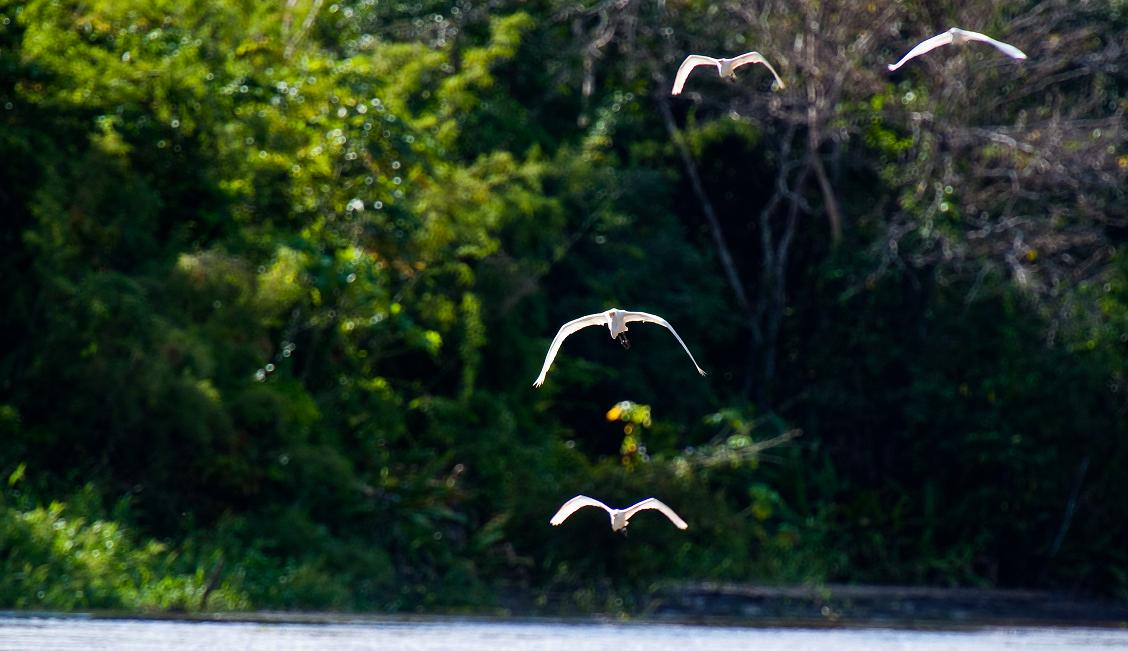
#3: Birds of paradise
Vela makes it his personal mission to up our daily wildlife tally by trying to spot as many of the 1,800 species of birds as he can. So far, we have seen 40 kinds of birds, including kingfishers, blue-and-yellow macaws, snowy egrets and horned screamers. “The trick to spotting birds is first to listen for chirps, squawks and hoots,” he says. As if on cue, we hear a greater kiskadee, a tiny yellow bird that locals call “Victor Diaz” because the nickname mimics its call. Seeing the wattled jacana take off. This chestnut-and-black bird has a cherrycoloured face and an orange beak, but when it spreads its wings, you get an unexpected flash of chartreuse.
#4: Before sunrise
Each night before I go sleep, I pull back the thick canvas curtains in my wood-panelled master suite so that I can wake up to an unobstructed 180-degree view of the 5:30 a.m. sunrise. Lying in my über-comfy bed, I watch the mist rise off the Marañón River’s khaki-coloured water while the sun’s tangerine glow slowly breaks through. “It doesn’t get much better than this,” I say quietly to myself. Taking in a spectacular lightning storm that flash-floods my room with bursts of light.
#5: A taste of paradise (and piranha)
While the chef intrigues us each day with local specialties -like fresh hearts-of-palm salad and catfish cookedin a traditional bijao leaf- we’re all curious to taste the red-bellied piranha that one of the other guests caught during our sunset fishing expedition. (I had a few nibbles on my line, but none of the ferocious fish were tempted by my bait.) The verdict? Tastes like chicken -the default culinary descriptor for anything foreign and rather bland. Sipping fresh tropical fruit juices every morning: There is the camu-camu (which is known for its mood- and immune-boosting properties), the cherimoya (which tastes like a pineapple-strawberry hybrid) and, my favourite, the maracuyá (or passion fruit).
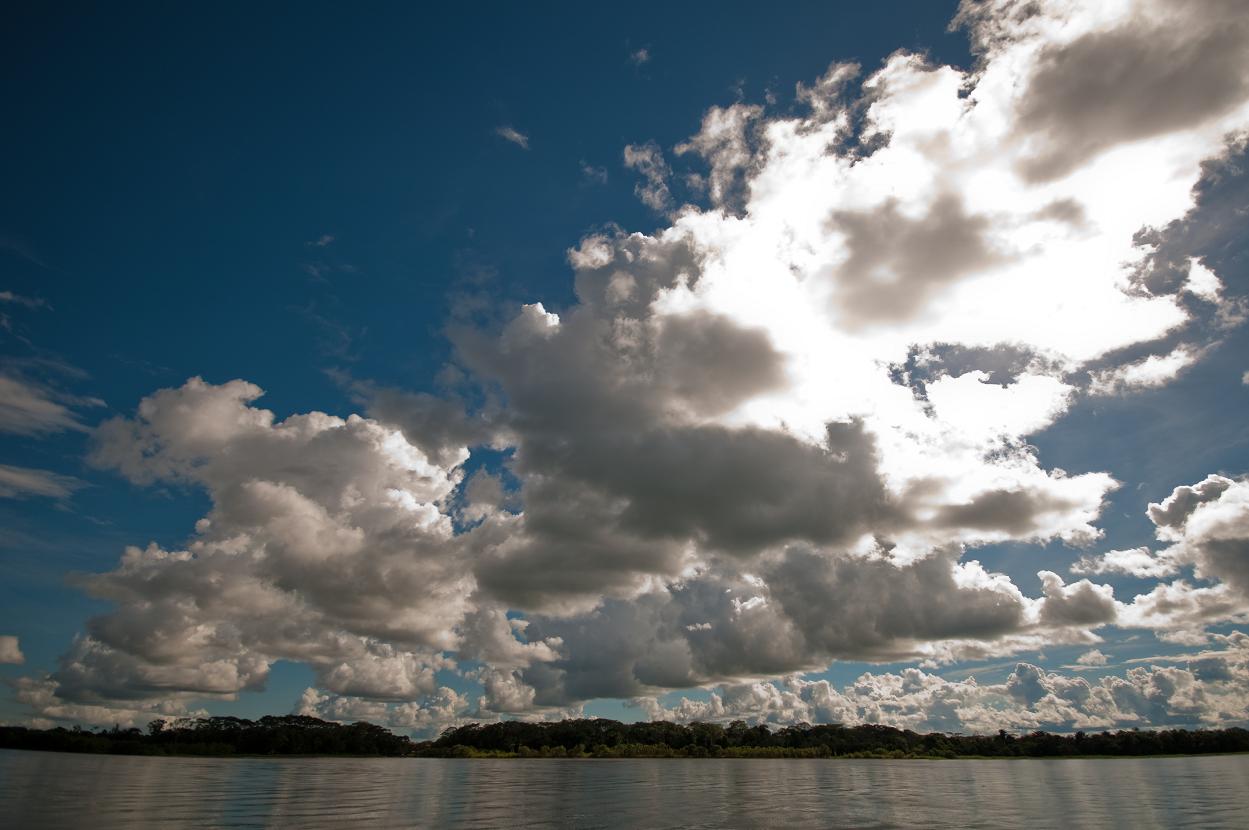
#6: Jungle fever
We’re about to set off on a jungle hike when Vela turns to us and says very slowly, “The most important thing to remember is not to touch anything.” He’s not kidding: A few moments later, we’re passing beneath giant catahua trees. “The wood is used for making traditional dugout canoes,” says Vela, “but be careful because the resin is toxic.” As we continue on the muddy path, I slowly begin to sink. Just before the mud reaches the top of my rubber boots, Vela and another guest pull me to safety. Moments later, Vela temporarily suspends his “no touching” rule and hands us a red-and-black huayruro seed from the jungle floor. “Locals collect them to make necklaces, and they are believed to bring good luck,” he explains. Spotting a brigade of leafcutter ants marching up and down a tree and off into the forest. Next to humans, leafcutter ants reportedly create the largest and most complex animal societies on earth.
#7: A Swim to remember
After enduring a hot and sticky morning, we dive, without any hesitation, into the murky waters of Lake Yanayacu, which means “black waters.” (We have been assured that the lake is piranha-free.) “Tannic acid from plants in the forest turns the water dark,” explains Vela. Floating on pool noodles, we wait to see the famous river dolphins up close. According to Vela, pink and grey river dolphins in the Peruvian Amazon enjoy a natural form of protection: Locals believe that you will become impotent if you eat them. “If you use dolphin oil, you will become blind,” he adds. “If you kill a dolphin, your first child will die.” Suddenly, I see a long snout and a graceful pink arc, followed by another, as two dolphins appear momentarily just 20 metres away. “Did you see that?” I shout. “We’re swimming with pink dolphins!” yells another guest. It’s another one of those life moments that will be hard to top.
